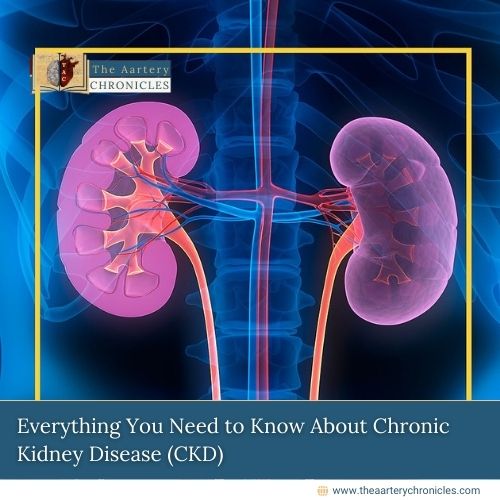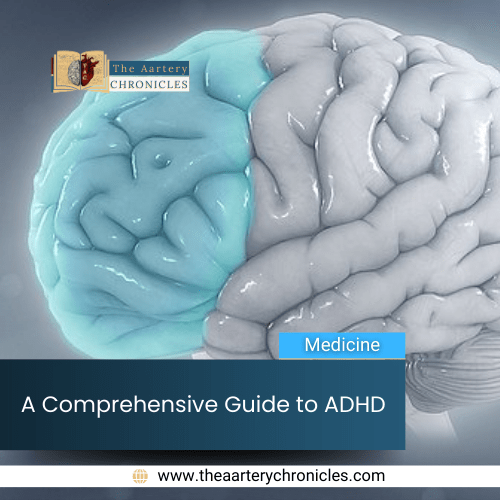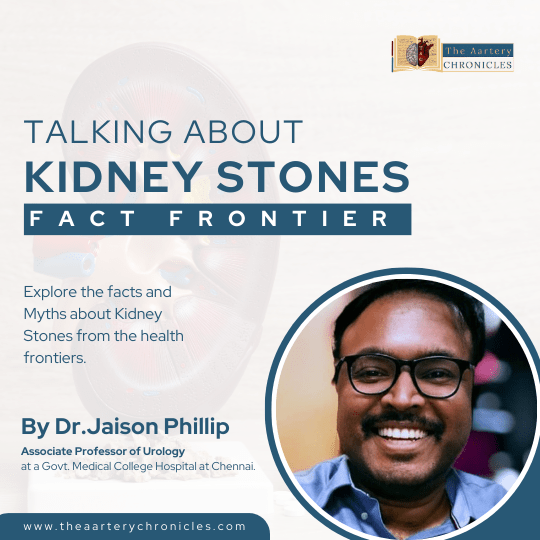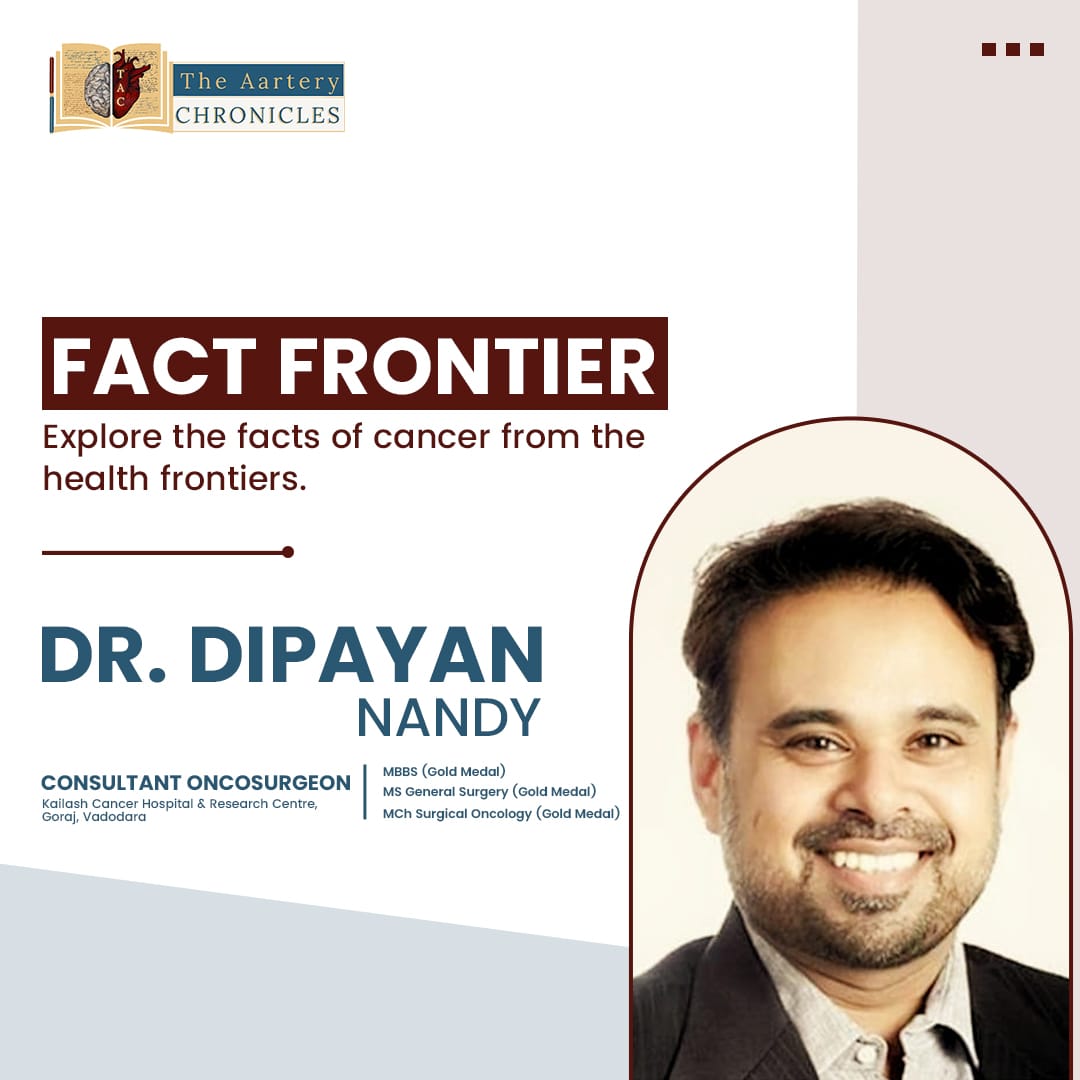Everything You Need to Know About Chronic Kidney Disease (CKD)
Reading Time: 7 minutesWhen kidneys are damaged, they cannot effectively filter waste from the body, leading to the accumulation of toxins and causing various health problems
Everything You Need to Know About Chronic Kidney Disease (CKD) Read More »
Editorial, Medicine and Diseases








